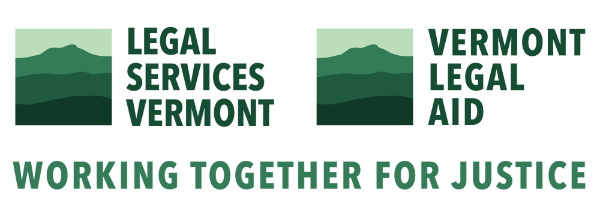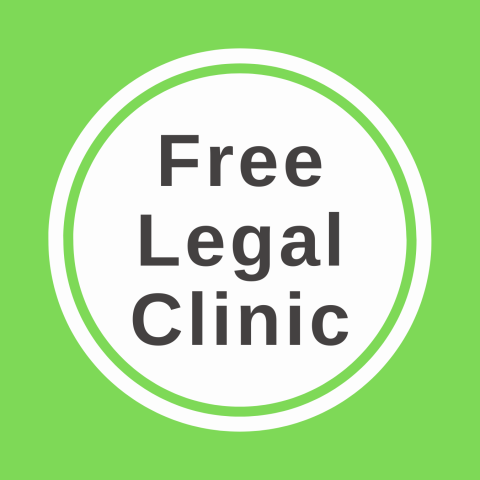Billing problems can come up if the provider does not accept Medicaid. Before you see a new health care provider, you need to first find out if they accept Vermont Medicaid.
You can find out if a provider accepts Medicaid by looking up the provider on this website. If the provider you are supposed to see doesn’t accept Medicaid, you can use the same website to find a provider near you who does.
Your doctor, who accepts Medicaid, may tell you to see another doctor or to go to a lab or to get a test done. The doctor, the lab or the testing facility may not take Medicaid. It’s a good idea to look up each provider that you are supposed to see to make sure they take Medicaid. You can also call Green Mountain Care Member Services 1-800-250-8427 to find out which providers in your area take Medicaid.
When you are in a hospital, sometimes providers that you don’t see do things to help take care of you. This includes things like looking at your tests and telling your provider what they find. These providers may not take Medicaid.
If the provider usually accepts Medicaid, but doesn’t want to bill Medicaid for a certain service, they must tell you that they won’t bill Medicaid before you get the service. They have to tell you in writing on their letterhead and they have to get you to sign the letter before you get the service.
Be very careful before signing anything. If you aren’t sure what you’re signing, ask the provider to explain exactly what you are agreeing to when you sign.
The information in sections 6.3, 6.4 and 6.5 (pages 35-36) of the Vermont Providers Manual tells you exactly what the providers must do and what they can’t do.
Balance billing
If providers accept Medicaid, they cannot bill you for costs above the Medicaid payment rate. This is called “balance billing.” It is not allowed. If you think your provider is billing you for the amount Medicaid will not pay, fill out the Health Care Fraud and Abuse Referral Form and send it to the Department of Vermont Health Access (DVHA.) You will find the mailing address, fax number and email address on the form.
CAUTION! If you file a fraud and abuse form, your provider may decide to stop treating you. So it is a good idea to establish a relationship with a new provider before making a report.
Medicaid pays last
If you have other insurance and Medicaid, Medicaid always pays last. Make sure that your provider knows about all the types of insurances you have. See our Coordination of Benefits page for more information.
Medicaid fraud and abuse form
You can use the Health Care Fraud and Abuse Referral Form to report a health care provider that you think may be committing Medicaid fraud.
What is Medicaid fraud? Fraud is intentional deception or misrepresentation that an individual makes knowing it to be false, and may result in unauthorized benefit payments either to that individual or to some other person. It includes any act that constitutes fraud under any applicable federal or state law.
Here are some examples of Medicaid fraud:
- Filing claims for services or items not provided
- Tampering with prescriptions
- Using stolen Medicaid numbers
- Filing claims for visits that didn't happen
- Adding charges that don’t exist
- Selling supplies/equipment/medications that were paid for by Medicaid
- Giving false information
- Medical records
- Claims
- Applications
- Identity of provider or patient
Medicaid abuse includes doing things that may result in unnecessary costs to Medicaid. Some examples of provider abuse include:
- Excessive charges for services or supplies
- Claims for services that are not medically necessary
- Billing for services not provided
- Inaccurate coding
- Misrepresenting professional credentials/licensing/status of licensure

